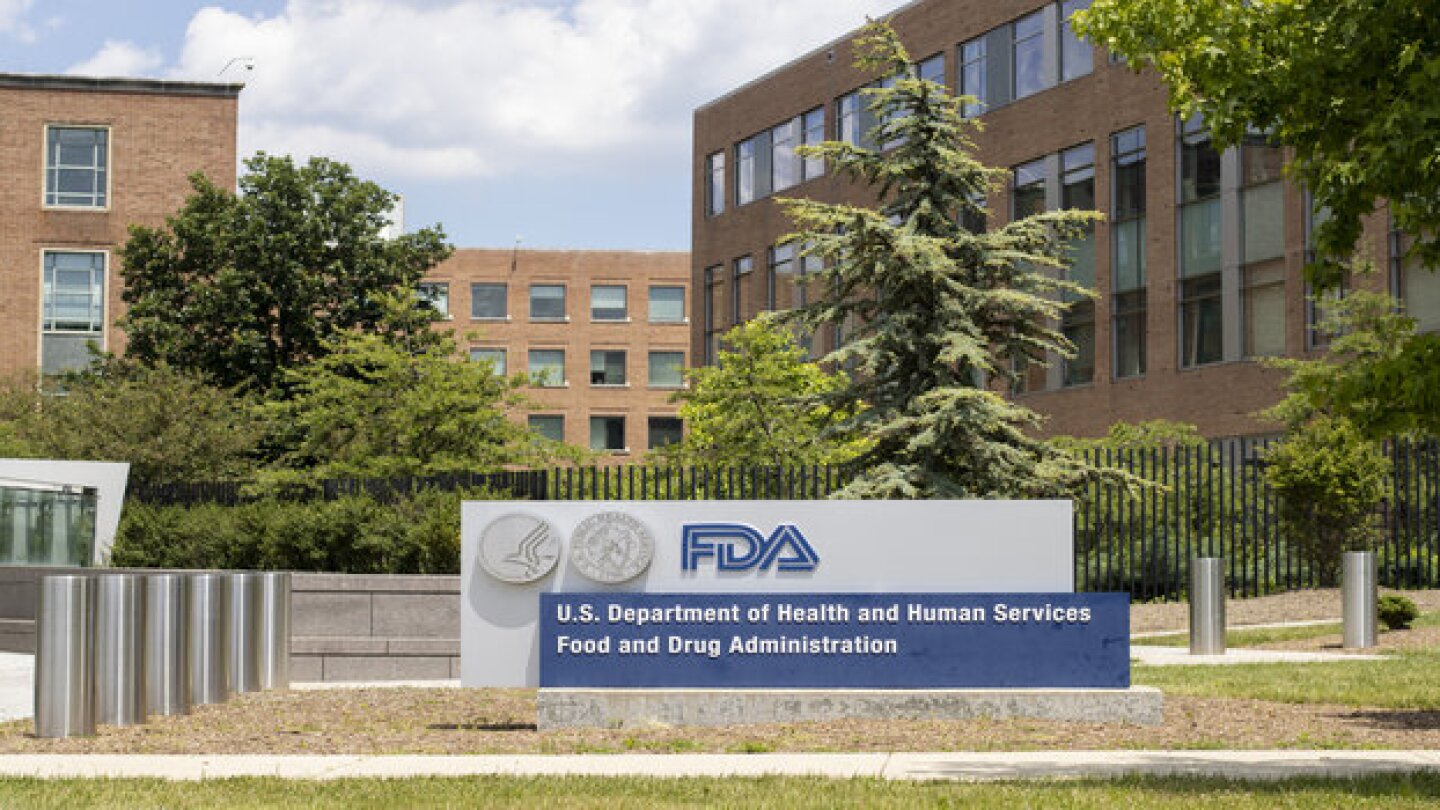Rare diseases
The company had said in October said that it was looking to license out its ex vivo editor renizgamglogene autogedtemcel to focus its resources on its in vivo platform.
Vertex unveiled long-term durability data for Casgevy, while Beam presented Phase I/II findings for its investigational base editor BEAM-101, building up to a BLA by late 2026.
The FDA’s year-end rush includes nine target action dates, mostly for rare disease and cancer therapies.
By speeding lifesaving drugs’ way to market and focusing on the underlying causes of disease, the pathway has helped save many lives.
The payment scheme will tie gene therapy payments to improvements in health outcomes—and could potentially boost the uptake of these sickle cell disease treatments.
The agency’s warning letter outlines Applied Therapeutics’ failure to provide adequate information regarding the clinical trial—including a dosing error for govorestat—claims that the company said it had already addressed.
The cancers were diagnosed 19 to 92 months after Skysona treatment.
After extending its review period to evaluate additional submissions, the FDA ultimately denied Applied Therapeutics’ govorestat for galactosemia, citing “deficiencies” with the application. The biotech plans to meet with the regulator to discuss the best way forward for the drug.
Despite hotly debated biomarkers and failed or delayed confirmatory trials, the accelerated approval program has a track record of propelling R&D for some of medicine’s most challenging illnesses.
Despite the “unfortunate” failure, William Blair analysts do not believe that the utreloxastat readout will heavily affect PTC, instead postulating that the upcoming FDA decision on its phenylketonuria candidate sepiapterin will be a stronger driver of the biotech’s stock.
PRESS RELEASES










